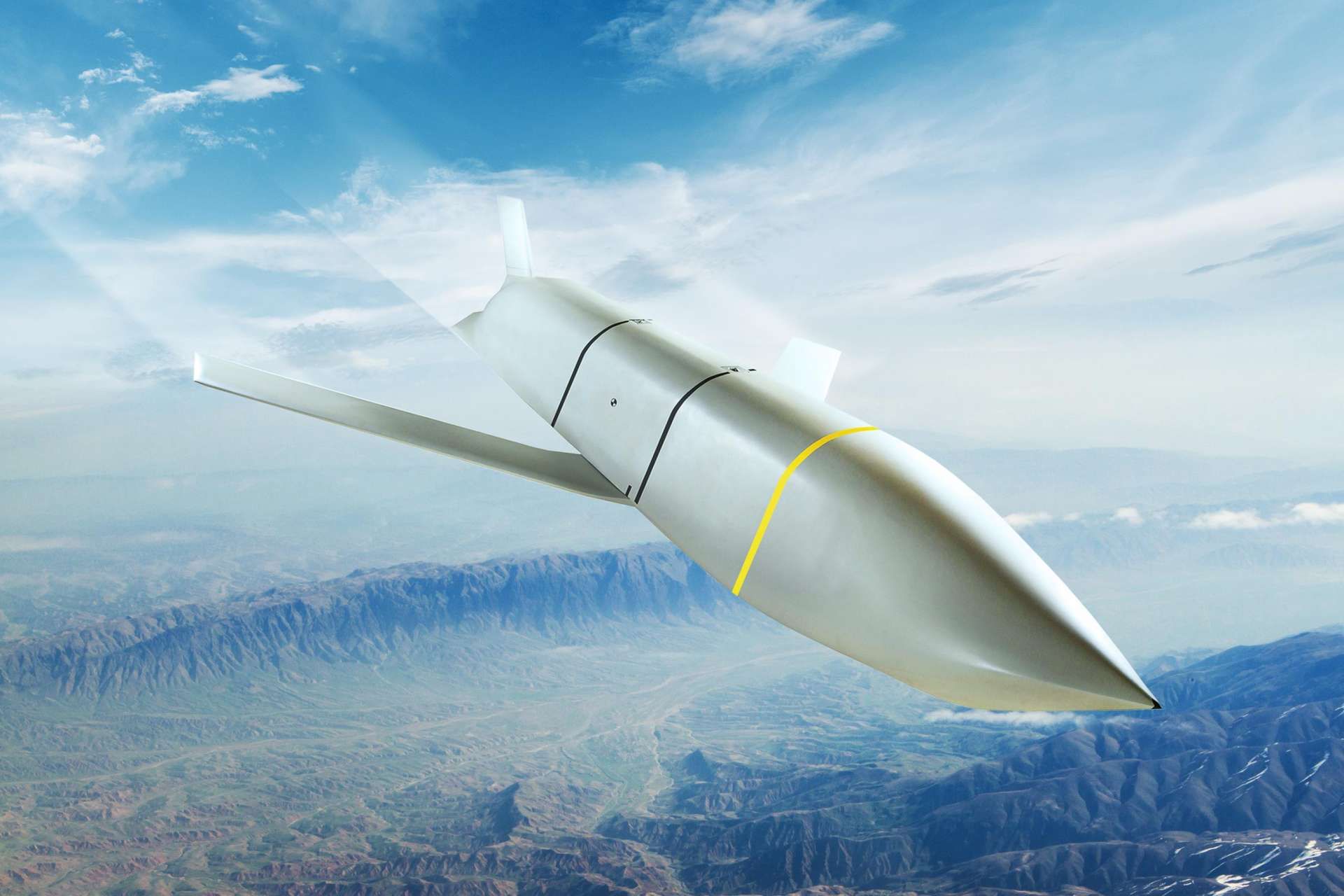Breaking News
United States and Netherlands Sign Agreement for JASSM-ER Missiles.
The Netherlands has signed a Letter of Offer and Acceptance (LoA) with the United States for the purchase of Lockheed Martin's Joint Air-to-Surface Standoff Missile Extended Range (JASSM-ER) on July 29, 2024. This agreement makes the Netherlands the fifth international customer of the JASSM-ER system.
Follow Army Recognition on Google News at this link

The JASSM (Joint Air-to-Surface Standoff Missile) and its extended-range version, the JASSM-ER, are air-launched ground attack cruise missiles designed for the U.S. Air Force and its international partners. (Picture source: Lockheed Martin)
Scott Redmerski, JASSM program director at Lockheed Martin Missiles and Fire Control, expressed his enthusiasm about the agreement: "We are honored to partner with the U.S. Government to provide the Netherlands Armed Forces with a combat-proven and effective weapon system to meet their ever-evolving strategic defense needs."
The JASSM (Joint Air-to-Surface Standoff Missile) and its extended-range version, the JASSM-ER, are air-launched ground attack cruise missiles designed for the U.S. Air Force and its international partners. The JASSM-ER, designated AGM-158B, was developed alongside the standard version and entered service in 2014.
These American-origin missiles are launched from aircraft and measure 4.27 meters in length with a wingspan of 2.4 meters. Their launch weight is 1,021 kg, and they carry a WDU-42/B penetrating warhead of 450 kg. A turbojet engine powers the JASSM, while the JASSM-ER uses a more efficient turbofan engine, enabling the JASSM-ER to reach a range of approximately 1,000 km, compared to 370 km for the standard version. An even further extended variant, the JASSM-XR or AGM-158D, currently under development, is expected to achieve a range of 1,800 km.
The development of the JASSM began in 1998, with operational certification by the U.S. Air Force in 2003. The JASSM-ER was first tested in 2006, with initial deliveries in 2014. Designed to destroy heavily defended, high-value targets from long distances, the JASSM features a stealthy airframe and advanced guidance systems, including an INS/GPS unit and an infrared seeker for terminal guidance. Three-dimensional target models can be stored in each missile, ensuring precision with a circular error probable (CEP) of only 3 meters.
These missiles can be equipped on various aircraft, including the B-1B Lancer, B-2 Spirit, B-52H Stratofortress, F-15E Strike Eagle, F-16C/D, F/A-18C/D, and potentially the F-35 Joint Strike Fighter. However, the latter would need to carry the missiles externally.
The U.S. Air Force has already purchased over 2,000 JASSMs and plans to acquire up to 10,000. Outside the United States, Australia, Finland, Poland, and the Netherlands have either deployed or are under contract to deploy the JASSM. These missiles were used in combat for the first time in April 2018, during a strike on a research center in Syria.
The JASSM-ER represents the latest advancements in missile technology, with improvements in both hardware and software. These enhancements provide increased capabilities and greater flexibility to address diverse and evolving mission requirements.
With over two decades of successful collaboration with the U.S. Air Force, the JASSM has consistently demonstrated its effectiveness by providing long-range, precision engagement capabilities for air-to-ground missions. The weapon system is specifically designed to neutralize high-value, heavily defended targets from a considerable standoff distance, ensuring that aircrews remain out of reach of hostile air defense systems without compromising lethality or range.


























